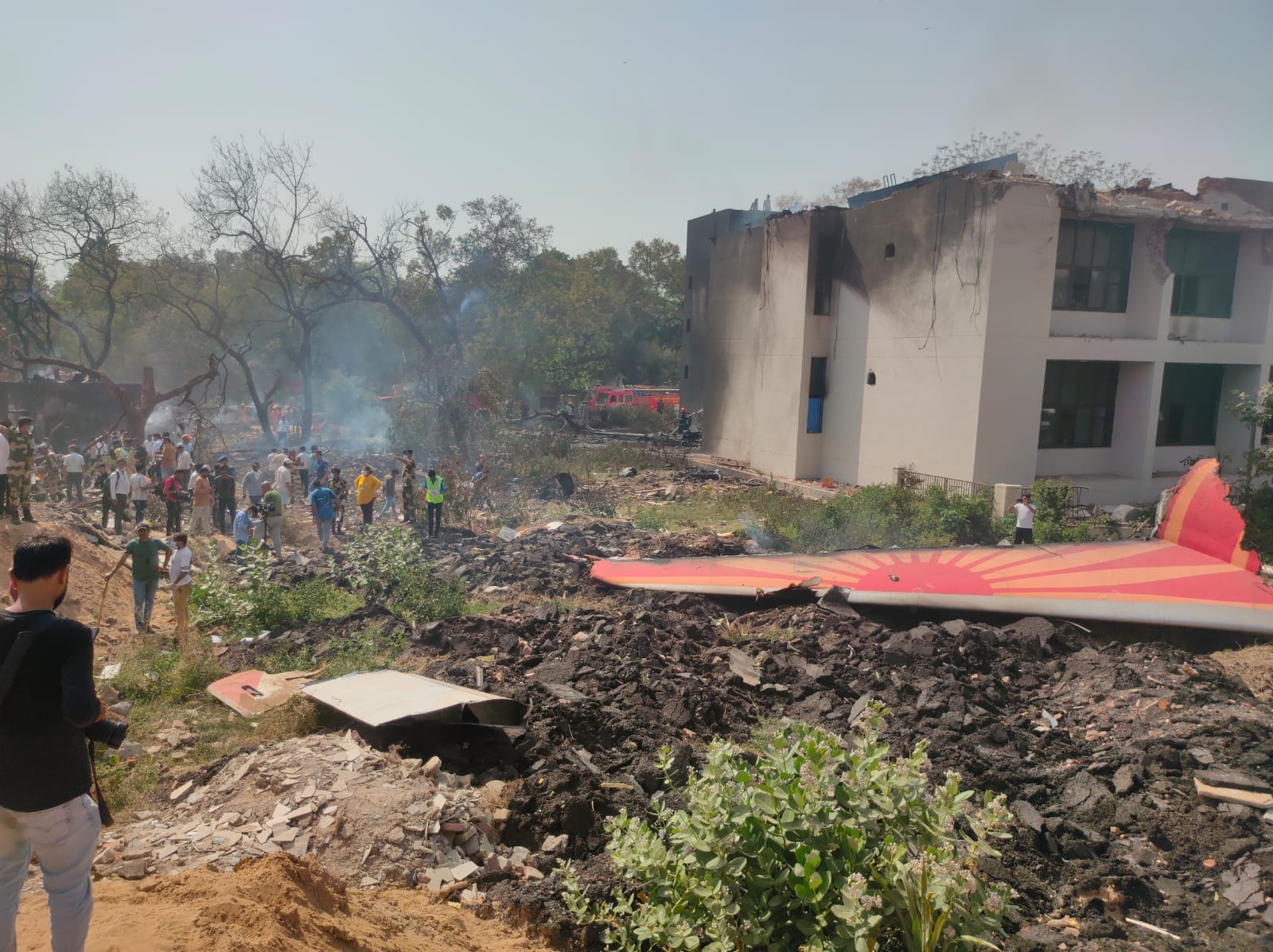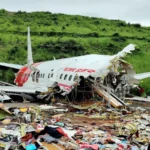Introduction
When Air India Flight 171 crashed near Ahmedabad, eyewitnesses reported a well-coordinated first response—but a deeper look reveals several emergency protocol breakdowns. Could better preparation have saved more lives?
1. Delayed Emergency Notification
Although a “Mayday” was issued at ~13:38 IST, radio silence followed almost immediately. This delayed full-scale activation of the airport’s emergency response plan (AEP), potentially costing crucial minutes.

2. Crash-site Securing & Evidence Loss
According to aviation watchdogs, vital post-crash protocols were overlooked by local authorities—resulting in tampering and displacement of crucial debris and evidence . Without proper site control, staff and unknown vehicles possibly interfered with the wreckage emergency protocols failed.
3. First Responder Coordination Gaps
Despite CISF, NDRF, BSF, CRPF, Army, and Fire services arriving swiftly , reviews show limited familiarity with the Ahmedabad AEP. Workshops suggested minimal multi-agency drills—a gap seen in Kozhikode 2020 as well . Fragmented communication likely hampered rescue coordination.
4. Equipment & Training Shortfalls
Videos from earlier flights on this aircraft showed failing systems like broken cabin controls and power modules .Emergency crews—while trained for standard scenarios—were not briefed on Aceiner-specific configurations, reducing operational effectiveness.

5. Site Access & Infrastructure Weaknesses
Terrain and underdeveloped roads delayed fire tenders reaching the crash site—similar to delays observed in the 2010 Mangalore crash. Reports indicate paramedics and heavy equipment took 4–7 additional minutes to arrive, shrinking the chances for quick survivals emergency protocols failed.
6. Miscommunication Among Agencies
Radio traffic showed confusion over command structure and on-site medical triage coordination. This reflects issues noted post-Kozhikode, where hospital notification systems failed amid protocol overlap .
Conclusion: Lessons & Next Steps
- Activate AEP on any Mayday call to ensure seamless emergency coordination.
- Institute formal debris-control training to maintain site integrity for crash investigations.
- Conduct regular inter-agency drills to build cohesion among fire services, CISF, NDRF, police, Army, and hospitals.
- Invest in terrain-ready equipment for fire and medical teams to reach remote or difficult crash zones quickly.
- Review aircraft-specific emergency manuals with local responders so unique Dreamliner systems are understood under pressure.

Ahmedabad’s tragedy highlights that only rigorous preparation and frequent practice can guarantee protocol compliance when it matters most.
Related: How the DGCA Investigates Plane Crashes
External Resources:









